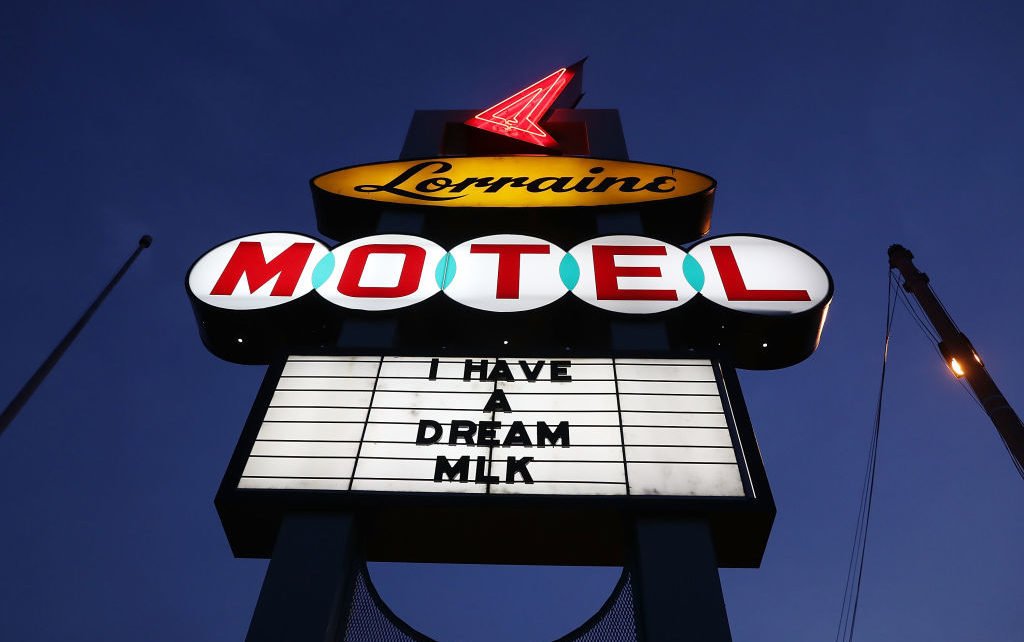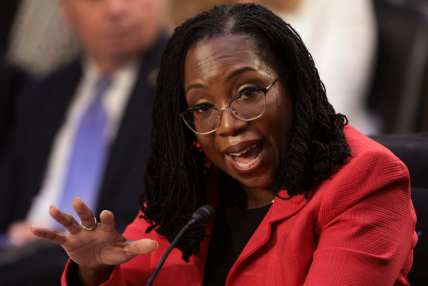Civil rights museums might be the one place that could use a little segregation
OPINION: Because of the gauntlet of racism in most civil rights museums, perhaps they’re the only place where (optional) separate entrances and tours make sense.

Editor’s note: The following article is an op-ed, and the views expressed are the author’s own. Read more opinions on theGrio.
On a recent trip to Birmingham, Ala., for the 2023 National Association of Black Journalists Convention and Career Fair — an absolutely wonderful affair, especially when compared to the travashamockery that was Las Vegas in 2022, in my humble opinion, as the kids say — I decided to take advantage of the opportunity to check out of some of the historical offerings of the city. Anybody with even a passing interest in the civil rights history of the United States of America knows how essential Birmingham (and the state of Alabama) is to the conversation. Birmingham is home to one of the most damning tragedies of the entire civil rights movement, the bombing of the 16th Street Baptist Church and the deaths of the four little girls there.
Despite having gone to high school fewer than 100 miles to the north of Birmingham, in Madison, Ala., AND having family in Birmingham, I’ve never been to the city in a tourist capacity, only visiting for family functions or, in high school, athletic competitions. Since I was there and less than a 20-minute walk from the Birmingham Civil Rights Institute (BCRI) and the 16th Street Baptist Church, I made a morning of it. Plus, one of my favorite episodes of Malcolm Gladwell’s “Revisionist History” podcast is about the Foot Soldier of Birmingham statue in Kelly Ingram Park and the controversy about the direction of the statue versus its source material. I wanted to see the statue for myself.
The park is across the street from both the church and the civil rights museum (BCRI) so I went to see them all one morning. I’ve been to several civil rights and African-American museums in the country, and they all have the same effect on me — by the end of my time there, I’m emotionally spent and largely angry, frustrated and in need of some time in the company of Black people and Black people only. The National Civil Rights Museum in Memphis is the most emotionally destroyed I’ve ever been at a museum. The museum is at the Lorraine Motel, which is where Dr. Martin Luther King Jr. was assassinated, and that museum feels like it walks you through all of the hate possible and then you end up at the spot where hate took over. By the time that tour ended, I was so over white people and racism that I actually needed to take an hour to myself to just walk around and calm down.
But here’s the thing, while in all of these museums, people come in and tour, and there’s a huge mix of people — as it should be. Obviously, there are more Black people than white people, but they’re there. We’re looking at the displays and exhibits together and shaking our heads at the same things, except … it’s just different. So while I think that anybody with an interest should be able to venture through and learn from and be educated about the hateful and racist history of this country, I think it might be emotionally helpful if there was a way for Black folks to see these emotionally charged museums with our community. Honestly, I see the white adults in these spaces trying to figure out how to look or feel when they lock eyes with a Black person who is clearly shaken up by an exhibit they’ve just seen. I had that experience more than once in Birmingham. We’re both uncomfortable, though for very different reasons.
I know that in the year of our lord two thousand and twenty-three, it is an insane thought to think of intentional segregation, but I think there are some facets of history that impact our communities in different ways, and nowhere is that more present than in actual museums that display and present racism in its most active forms. Perhaps there’s an optional way to do tours or times that work for people who are most likely to be emotionally affected. I’m just saying. Everybody wins here, and who, in their right mind, would complain about this ability for white people to view the exhibits without guilt standing next to them and Black people being able to do the same without feeling additional emotions of being vulnerable and grief-stricken in front of a populace that is responsible?
I realize it’s not a perfect solution, or maybe not even a feasible (or reasonable one), but I know how I feel every time I’m in one of these spaces and how I always get caught off guard at some point and which I had the experience to myself. Sure, we’ve come a long way, but the dates in these museums aren’t that long ago and that pain is still real. Even if we all feel it, we feel it differently.

Panama Jackson is a columnist at theGrio. He writes very Black things and drinks very brown liquors, and is pretty fly for a light guy. His biggest accomplishment to date coincides with his Blackest accomplishment to date in that he received a phone call from Oprah Winfrey after she read one of his pieces (biggest), but he didn’t answer the phone because the caller ID said: “Unknown” (Blackest).
Make sure you check out the Dear Culture podcast every Thursday on theGrio’s Black Podcast Network, where I’ll be hosting some of the Blackest conversations known to humankind. You might not leave the convo with an afro, but you’ll definitely be looking for your Afro Sheen! Listen to Dear Culture on TheGrio’s app; download it here.


